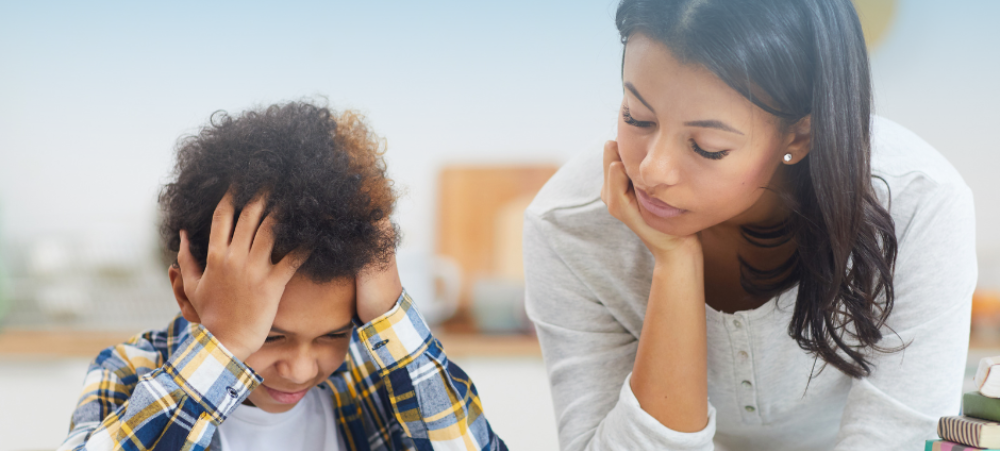I have attended to many children in the ER who have taken a tumble. In the US, falls account for around half the injury-related ER visits in children under 5 years of age. Most of these falls involve furniture such as changing mats, high chairs, baby walkers and beds.
Parents are almost always concerned about head injuries. Majority of head injuries from a fall are usually minor.
Children under one who fall are more likely to sustain head injuries regardless of the height from which they fall. Whereas older children are more prone to extremity fractures. This is because an infant’s head is much larger than the rest of their body. As a child grows, their head mass becomes more proportional and they develop upper body strength, which enables them to brace falls with their arms or legs.
WHEN TO SEE A DOCTOR
If your child is awake, alert and behaving normally after a bump to the head with no other signs and symptoms then he or she will most likely be fine and you don’t have to rush to hospital right away. It’s a good idea to observe your child for 1-2 days afterwards, since symptoms of a brain injury may present late.
Seek Medical Attention:
- For any bump to the head in an infant;
- If your child has lost consciousness, even if brief;
- If your child has any signs and symptoms of a concussion (see below);
- If your child is inconsolable;
- If your child is vomiting;
- If your child is difficult to wake;
- If your child has a seizure; and/or
- If you suspect a broken bone.
If your child has had a bad fall and you suspect a neck injury DO NOT move your child. Call an ambulance right away! Always trust your gut. If you are unsure rather head straight to your nearest emergency room.
CONCUSSION
A concussion is a brain injury caused by a blow to the head. The signs and symptoms may be vague and may even take a few days to develop. It’s important to know that not all concussions cause a loss of consciousness.
Concussions can be more difficult to diagnose in children, as they are not as vocal about their symptoms. Children older than 2 years will show more behavioural symptoms.
Signs & symptoms will therefore depend on age and include but are not limited to:
- Irritable and fussy;
- Unusually sleepy;
- Crying more than usual;
- Change in appetite;
- Nausea and/or vomiting;
- Lack of interest in play;
- Headache;
- Confusion;
- Child is unsteady on his or her feet;
- Sensitivity to light and noise;
- Blurred or double vision;
- Dizziness;
- Unusual speech e.g.: slow or slurred;
- Poor concentration and memory; and/or
- Problems with co-ordination.
DIAGNOSING A CONCUSSION
The doctor will do a thorough evaluation. A CT scan and MRI cannot diagnose a concussion. A CT scan will however, most likely be ordered to exclude a brain bleed or skull fracture depending on the mechanism of injury and presenting symptoms.
The majority of falls in children are caused by modifiable factors and are therefore preventable. It’s impossible to bubble wrap our kids and we shouldn’t have to. Falls and tumbles can teach our children valuable lessons, but we can spend time baby proofing our homes and being more cautious to prevent serious injury. Remember to always buckle your baby in their high chair and never leave him or her unattended on a changing mat, not even for a second – it takes seconds for an accident to happen.
RESOURCES
Burrows, P. et al. (2015) Head injury from falls in children younger than 6 years of age. Arch Dis Child, [online] 100 (11), pp. 1032-1037. Available from: https://0-www-ncbi-nlm-nih-gov.innopac.wits.ac.za/pmc/articles/PMC4680174/ [Accessed 3 October 2018].
CDC (2017) Traumatic Brain Injury & Concussion [online]. Available from: https://www.cdc.gov/traumaticbraininjury/symptoms.html [Accessed 3 october 2018].
Chaudhary, S. et al. (2018) Pediatric falls ages 0–4: understanding demographics, mechanisms, and injury severities. Inj Epidemiol, [online] 5 (suppl 1). Available from: https://0-www-ncbi-nlm-nih-gov.innopac.wits.ac.za/pmc/articles/PMC5893510/ [Accessed 3 October 2018].
Kendrick, D. et al. (2015) Risk and Protective Factors for Falls From Furniture in Young Children Multicenter Case-Control Study. JAMA Pediatr, [online] 169 (2), pp. 145-153. Available from: https://jamanetwork.com/journals/jamapediatrics/fullarticle/1939058 [Accessed 3 October 2018].
Samuel, N. et al. (2015) Falls in young children with minor head injury: A prospective analysis of injury mechanisms. Brain Injury, [online] 29 (7-8), pp. 946-950. Available from: https://0-www-tandfonline-com.innopac.wits.ac.za/doi/full/10.3109/02699052.2015.1017005 [Accessed 3 October 2018].
- How Safe Are Teething Gels? - November 19, 2025
- 10 Essential Tips To Prevent Poisoning In Your Home - October 29, 2024
- A Bump To The Head: When Should You Worry? - October 25, 2024






1 thought on “A Bump To The Head: When Should You Worry?”
My child is 32 months and at 2 year she fell on the back her head and it was very romantic, she couldn’t wake up and then she started vomiting. We took her to the hospital, I spend 24 hours with her there she got checked out and luckily it was not anything serious